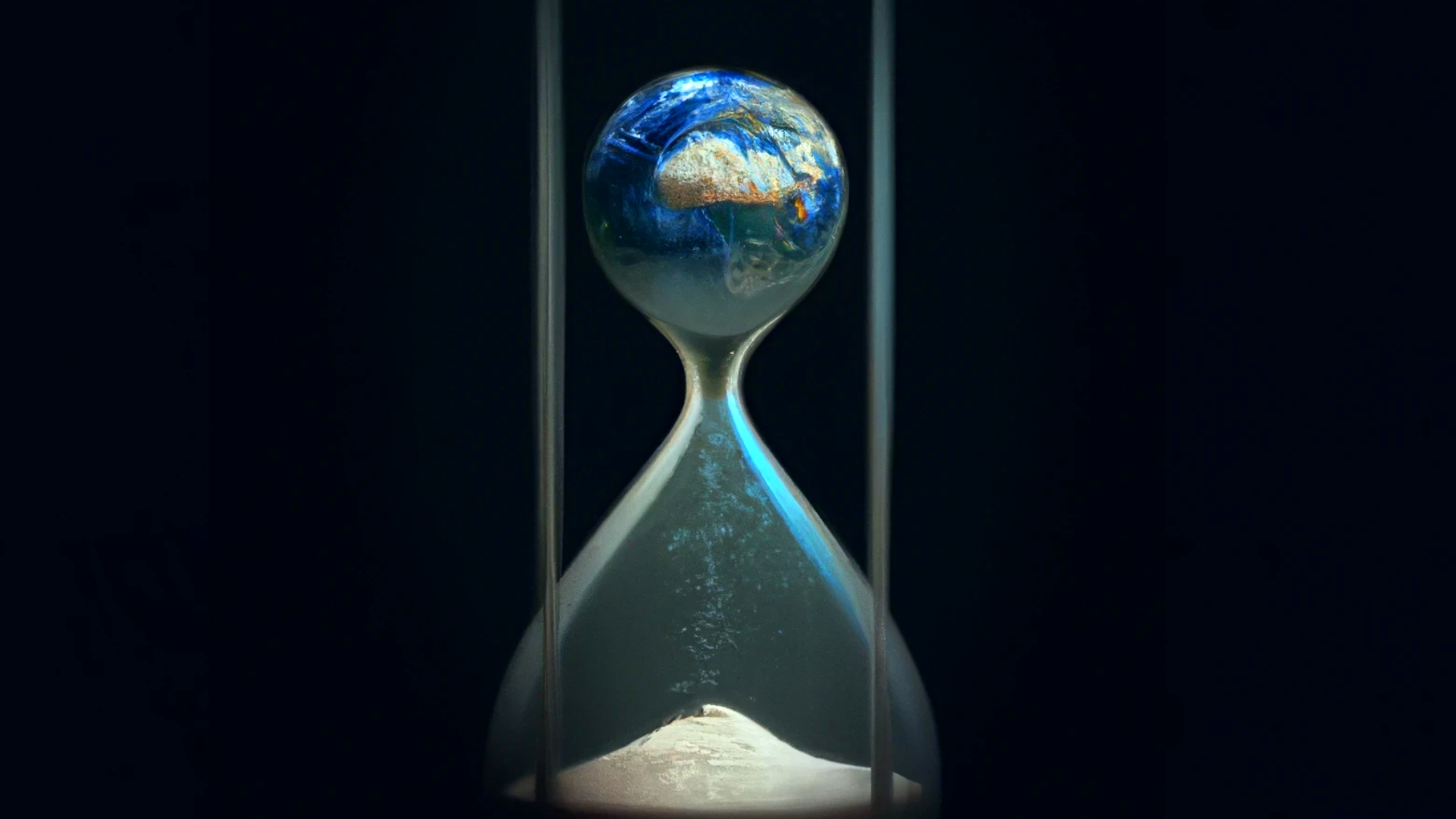The Intergovernmental Panel on Climate Change has delivered a ‘final warning’ on the climate. It’s latest report summarises five years of harrowing stats on global temperature rises, fossil fuel emissions, and climate impacts.
‘There is a rapidly closing window of opportunity to secure a livable and sustainable future for all,’ warns the Intergovernmental Panel on Climate Change in its latest report.
Dubbed the AR6 Synthesis Report, the mammoth 8,000-page document represents five years of compiled data on global temperature rises, fossil fuel emissions, and climate impacts. The superseding message is exactly as you’d expect: act now, or prepare to deal with the consequences for centuries to come.
If you’re confused as to the timeline of IPCC reports, this is a summary of several focus documents published between 2018 and 2023 – which includes the landmark Global Warming of 1.5C, data on how damaging anthropogenic greenhouse gases are becoming, and a harrowing demonstration of how parts of the planet will become unlivable in the next decade.
The next cycle of IPCC reports, the ‘Seventh Assessment,’ is not expected before at least 2027, meaning this text should (theoretically) provide the foundation for a critical seven-year run-up to 2030.
Aimed at policy makers with the power to enact change on a wide scale, the latest review shows that progress on mitigation since its previous findings in 2014 hasn’t been nearly drastic enough. ‘It’s likely that warming will exceed 1.5C during the 21st century,’ it reads.
Here are they key findings you need to know.
A look at the effects of 1.1C warming
Global temperatures are now around 1.1C above pre-industrial levels, spurring changes to the Earth’s climate that are unprecedented in recent human history.
Not only are concentrations of carbon dioxide unmatched for at least 2 million years, sea levels have risen faster than any prior century for 3,000 years, oceans are warming more rapidly than any period since the end of the last ice age, and glacial retreat is occurring at a scale unseen for 2,000 years.
Shocking as these statistics already are, additional increments of warming will only worsen their reading over time. Every 0.5C of temperature rise will cause discernible increases in the frequency and severity of heatwaves, flash floods, and wide-scale droughts.
For an idea of scale, heatwaves that arose on average once every 10 years with minor human influence will occur 4.1 times more frequently with 1.5C warming, and 5.6 times with 2C.
Should warming reach such troubling heights, scientists have suggested that the West Antarctic and Greenland ice sheets could melt almost entirely leading to surges in sea levels of several meters.


Certain impacts are already irreversible
Many of the communities disproportionately affected by climate change have suffered impacts so severe that the damage caused cannot be repaired.
Some dealing with what we call ‘hard’ limits to adaption are seeing critical losses to biodiversity and livelihoods unable to be restored by future funding from wealthy nations.
Coastal communities in the tropics, for example, have seen entire coral reef systems that once supported their economies and food security perish. Rising sea levels, meanwhile, are upending low-lying neighbourhoods who’re forced to abandon cherished cultural sites.
Ominous forecasts in scientific reviews suggest that warming beyond 1.5C will create water shortages in colder glacial areas that can’t be navigated. At 2C, the production of food staple crops will plummet dramatically, and 3C would threaten the health of communities in parts of southern Europe.
While some have endured a sad and irrevocable fate already, we’ve only scratched the surface regarding the scope of damage if others aren’t propped up by resilience funding now.
Financial flows to those experiencing loss and damage were agreed in principle during COP27, but the report reminds us that the details remain murky.
Why the world must ditch fossil fuels
Carbon dioxide emissions from existing and planned fossil fuel infrastructure have us on a perilous path to way over 1.5C.
The numbers forecast that pathways to net zero by 2050 rely on limiting carbon emissions to just a net 510 gigatons. Yet, when totting up the toll of current fossil fuel operations and projects in the pipeline, we’re sure to breach that limit by some 340 gigatons – bringing the total overshoot to a worrying 850 gigatons.
This obviously means that any ecological targets we have, and certainly the terms of the Paris Agreement, hinge almost entirely on whether the world can rapidly shift away from burning fossil fuels.
In the more immediate future, the IPCC states that global emissions must peak before 2025 merely to stay within 1.5C models. GHG emissions will then need to drop rapidly, declining 43% by 2030, and 60% by 2035 relative to 2019 levels.
Even if countries achieved their climate pledges in full (NDCs), WRI research finds that they would reduce overall emissions by just 7% by 2030, in stark contrast to the 43% required to keep warming below 1.5C.






















